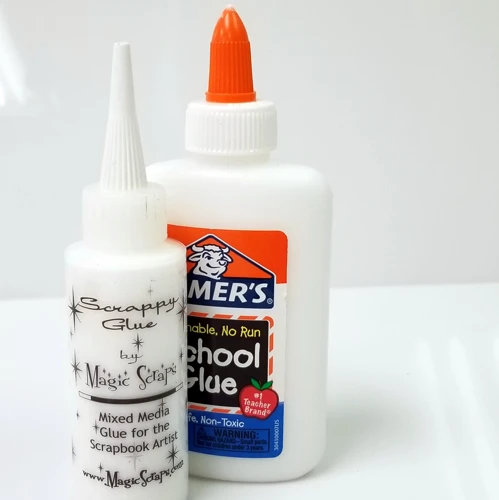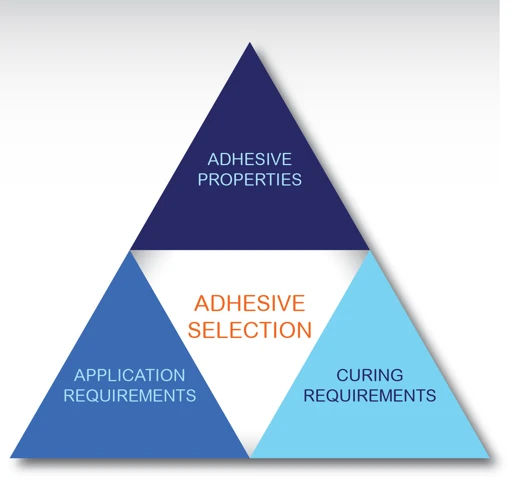When embarking on a woodworking project, whether it’s crafting a piece of furniture or repairing a cherished heirloom, selecting the best glue for wood projects is crucial. The adhesive you choose can make the difference between a durable, long-lasting finish and a joint that fails under stress. In this article, we’ll navigate through the options available and provide insights into making the right choice for your woodworking needs.
Understanding Different Types of Wood Adhesives
Woodworking adhesives come in a variety of formulations, each designed to meet specific requirements. Among the most common are white and yellow interior glues, epoxy resins, hide glues, and cyanoacrylate (CA) glues. These products vary in terms of strength, drying time, and water resistance, so understanding the nature of your project is the first step in choosing the appropriate adhesive.
Factors to Consider for Woodworking Glues
When choosing a glue for your woodworking project, consider factors such as open time, clamping time, and the presence of solvents that might affect the wood’s finish. Additionally, the wood type, the conditions it will be subjected to, and the strength required for the bond are all critical considerations that will guide your glue selection process.
PVA vs Polyurethane Glue
In the realm of woodworking adhesives, a frequent debate emerges around pva vs polyurethane glue. These two types of glues are among the most popular and have distinct characteristics that might make one more suitable for your project than the other.
What is PVA Glue?
PVA, or Polyvinyl Acetate, is a rubbery synthetic polymer that bonds well with a variety of surfaces, including wood. It’s water-based, easy to use, and dries clear, making it a favorite for indoor woodworking applications.
Benefits of Using PVA Glue on Wood
- Non-toxic and safe to handle
- Easy water clean-up before it dries
- Less expensive than many other adhesives
- Does not require mixing
What is Polyurethane Glue?
Polyurethane glue is a versatile adhesive that forms a strong bond with a variety of materials, including woods, plastics, and metals. It reacts with moisture to cure, expanding slightly to fill in gaps, making it ideal for less-than-perfect joints.
Advantages of Polyurethane Glue for Woodworking
- Waterproof, thus suitable for outdoor projects
- Bonds with many different materials
- Does not require perfectly matched surfaces
- Provides a longer working time
Application Tips for Wood Glue
Applying wood glue properly is just as important as choosing the right type. To achieve the strongest bond, one must take care while preparing and applying the glue.
Preparing the Wood Surface
Before applying any adhesive, ensure that the wood surfaces are clean, dry, and free from dust or oils. Lightly sanding the surfaces can also help to create a better bond.
How to Apply Wood Glue for Optimal Bonding
Apply the glue evenly across the surface and clamp the pieces together, making sure not to over-tighten and squeeze out all the adhesive. Wipe away any excess glue with a damp cloth before it dries.
What Glue to Use on Finished Wood
Adhering to finished or painted wood presents a unique challenge, as traditional wood glues rely on penetrating the wood’s pores to create a bond, which isn’t possible with sealed surfaces.
Selecting the Right Glue for Finished or Painted Wood
For finished wood, it’s important to choose adhesives that are designed to bond to sealed surfaces. Epoxy resins or polyurethane glues often provide the best results.
How to Glue Finished Wood Without Damaging the Surface
To glue finished wood without causing damage, gently sand the area where the glue will be applied to remove the finish and expose the bare wood. Apply the glue as directed and clamp carefully to avoid marring the surface.
Expert Tips for Wood Glue Projects
Even with the right glue, techniques such as clamping and proper cleanup are essential for a successful woodworking project.
Clamping Techniques for Stronger Bonds
Clamping distributes pressure evenly across the joint while the glue sets, ensuring a tight bond. Use soft pads to protect the wood surface and apply pressure evenly across the joint.
Cleanup and Maintenance of Wood Glue Joints
Maintain your wood glue joints by keeping them clean and dry. If glue oozes out during the clamping process, wait until it’s partially set but still rubbery to scrape it off easily.
FAQs: Best Practices and Troubleshooting
Woodworkers often have questions about the nuances of working with wood glue. Here are answers to some of the most common queries.
How Long Should Wood Glue Dry Before Sanding?
Most wood glues should be allowed to dry for at least 24 hours before sanding. Check the manufacturer’s recommendations as drying times can vary.
Can You Glue Wood That’s Been Treated or Finished?
Yes, you can glue wood that’s been treated or finished, but it may require surface preparation, such as sanding, and a glue that is suitable for non-porous surfaces.
When it comes to DIY projects or repairs, choosing the right adhesive is crucial for a lasting fix. If you’re working with finished wood, you’ll want to select a glue that bonds well without damaging the surface. To learn more about this, check out our guide on what glue to use on finished wood. And if you’re tackling other materials, we’ve got you covered as well. For carpet repairs, find out the best options in our article about what glue to use on carpet. If you have a broken ceramic mug, discover the ideal adhesives by reading what glue to use on a ceramic mug. And for those in the audio repair world, we’ve detailed which glues work best for speaker cones at what glue to use on a speaker cone. Whatever your project, make sure you’re using the right glue for the job!
Conclusion: Selecting the Best Glue for Your Wood Projects
Choosing the best glue for wood projects is a pivotal decision in the woodworking process. By understanding the different types of adhesives and their applications, such as PVA vs polyurethane glue, and knowing what glue to use on finished wood, you can ensure that your woodworking projects will be built to last. Remember, proper application and clamping techniques are as important as the glue itself. With these considerations in mind, you’re well on your way to achieving strong and durable wood bonds for all your projects.


